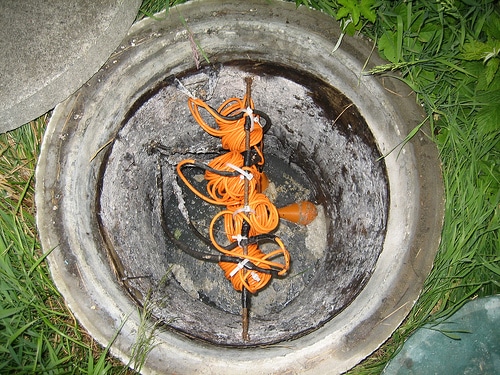This article will cover how septic additives clean drain fields. As consumerism takes on a much more evolved stage these days, different manufacturers take advantage of the frenzy and come up with limitless products that cater to various needs and wants. Many people say that you can buy anything in the United States. It’s probably true since it is a melting pot of various cultures. It can be exhausting just to stroll around a fairly large shopping center just checking out the different products in each shelf. Seeing this every single day, American consumers seem to have a limitless variety to choose from. This may be a huge privilege but there can be times when certain products just appear ideal yet prove to be mediocre or even less than average in performance.
The choices tend to be wrong sometimes because of the very high level of competition among manufacturing companies. The need to be at the top of the game is very intense. Exaggerations in advertisements can be a frequent practice already. This confuses the consumer, making them purchase products that do not answer to their needs or wants at all. The septic business is one of the industries that have this kind of competitiveness. Apparently, there are so many septic products out there that promise the same thing. It is only up to the consumer if he or she will believe in the product enough to actually purchase and use it. When a consumer wants evidence that septic additives clean drain fields, they go to septic stores or groceries to look for products that deliver.
The septic system is a very essential component of a residence or an establishment. It is responsible for separating the livable area from the harmful wastewater that the household produces. The septic system is composed of two main parts—the septic tank and the drain field. The septic tank is where the first phase of wastewater treatment takes place. Here, the raw effluent is collected and stored until the resident anaerobic bacteria has fully digested the solid waste products. Then, the pre-treated wastewater enters the drain field where the biomat and the aerobic bacteria function as the last filters of the effluent before it is safely released into the surrounding environment. The aerobic bacteria are responsible for regulating the biomat population. If the population is not kept in check, then it will clog the drain field.
There are times when the home owner or business owner is not able to perform his or her responsibilities to their septic system. When this happens, the drain field suffers the most. It gets all the harmful effects of septic tank neglect. It’s always ideal for the septic tank to be regularly maintained and pumped out depending on the number of people that make up the household. If there are up to 2 people in the house, the septic tank should be pumped out every 3 years. For up to 5 people, the pump out should be every 2 years. Big households that have 6 or more people, a yearly pump out is recommended.
Septic additives come in organic and inorganic varieties. Inorganic septic additives clean drain fields but with a collection of terrible side effects. Chemicals and enzymes corrode the physical components of the drain field. They even harm the surrounding water systems because of their discharges. In contrast, organic septic additives clean drain fields on a much more beneficial note. Bacteria compose these organic septic additives. They are all-natural and do not have chemical discharges that pollute aquatic ecosystems or contaminate the clean water supply. Using bacteria in maintaining and cleaning drain fields will result to a much better septic system. The bacteria that’s introduced into the drain field increases the number of bacteria that purify the wastewater. Clogging will not be a problem at all when this bacterial additive routine is maintained aside from the regular pumping. It’s advantageous to see that septic additives clean drain fields, provided that they are bacteria.
